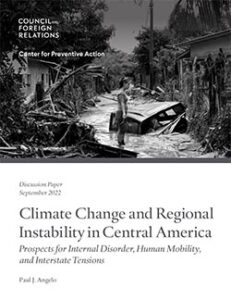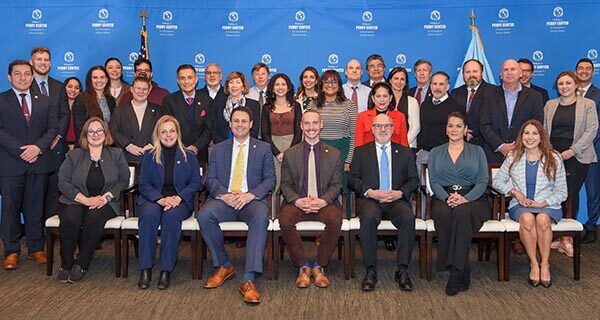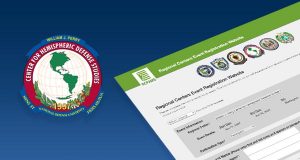With more than 1.7 million encounters reported by US Customs and Border Protection—the highest tally in two decades—2021 was an exceptional year for irregular migration to the US southern border. Although that number includes citizens from at least 121 countries, some 43 percent of those apprehended by US authorities hailed from Central America.
Barring massive shifts in policy and human behavior around the world, environmental degradation due to climate change will fuel volatility in Central America for decades to come, with disruptive spillover effects for neighboring Mexico and the United States. Halting the flow of people northward from Central America is neither feasible nor desirable, especially given growing labor demands in the United States and Mexico. But ensuring migration remains an option, not a necessity, requires long-range planning and international cooperation to alleviate the impending climate fallout.










